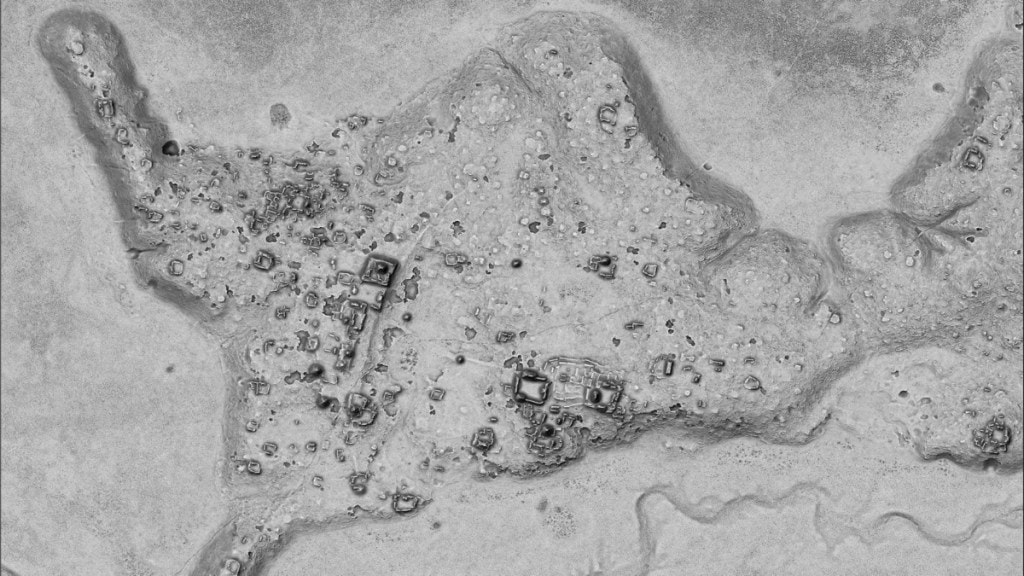Archaeologists have found the remains of a Maya city which had remained hidden for over 1,000 years, in the Balamkú ecological reserve on the Yucatán Peninsula. Due to the presence of cylindrical stone columns throughout the ancient city, it has been named “Ocomtun” (stone column, in Yucatec Mayan).
Lead archaeologists Ivan Sprajc has said the settlement could have been an important regional centre during the Maya Classic period (250 to 1000 CE)
The core of the ancient site covers over 50 hectares and has pyramidal structures up to 15 metres high. There is a pyramid which rises 25 metres above the natural terrain.
The most common ceramic types which were collected by archaeologists on the surface and in some test pits are from the Late Classic (600-800 AD). The team will conduct an analysis of the samples of the material to get more reliable data.
Sprajc said the “biggest surprise” was the site being located on a “peninsula” of high ground with extensive wetlands around it. The cylindrical columns at the site, he added, must have been a part of the entrances to the upper rooms of the buildings.
The team also found three plazas and a complex made up of “low and elongate structures arranged almost in concentric circles”, and a ballgame court.
The most chunk of the construction of the site lies to the northwestern part which is connected to the southwestern complex by a causeway. An 80-metre acropolis marks the city’s north-western corner. The findings hint that Ocomtun saw alterations in the Terminal Classic period (800-1000 AD).
It is suggested that Ocomtum’s decline overlapped with the wider collapse of Maya civilisation between 800 to 1000 CE.


